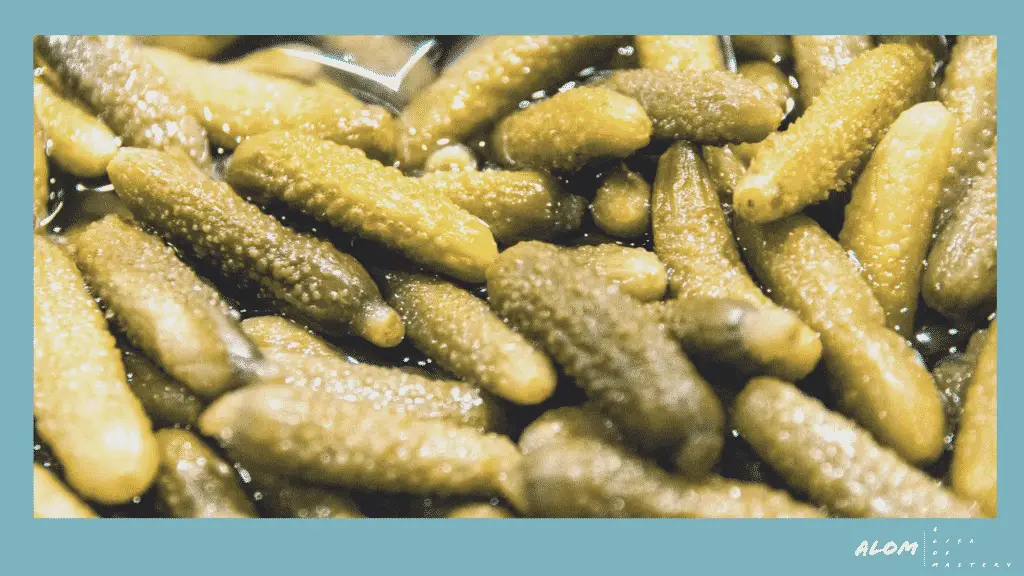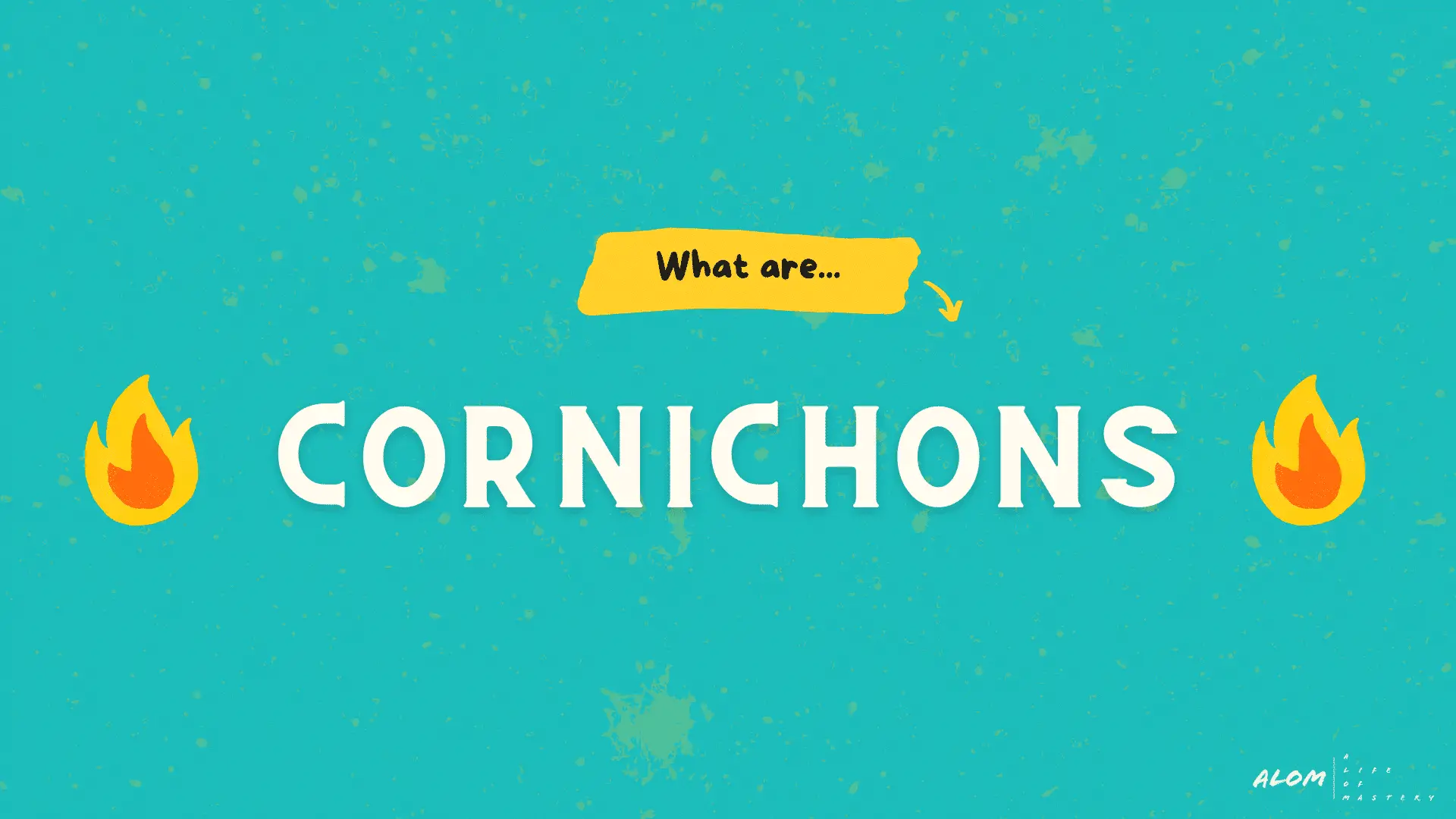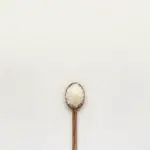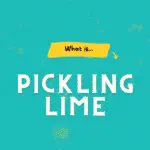Table of Contents
Hailing from one of the food capitals of the world, France, cornichons are tiny pickled cucumbers that are usually found nestled amongst cured meats and creamy cheeses on a charcuterie board.
These tiny pickles are bursting with a sweet and acidic kick that is perfect for cutting through the rich flavors that they are often paired with. Also called gherkins in the UK, they are pickled at a very young age, giving them their signature textured appearance and ensuring they are kept short and juicy.
A Closer Look at Cornichons

Did you know, that despite most of the UK naming almost all picked cucumbers gherkins, the majority of the pickles eaten in the UK are actually ordinary dill pickles? This is especially true with the pickles found on McDonald’s items, where people either love them or hate them!
Although they are essential to a good charcuterie presentation, they don’t pair perfectly with everything. There is a fair amount of mental gymnastics that you must go through when deciding what bites to take with a cornichon, and which ones to leave out.

A good rule of thumb is if the food you want to pair it with is strongly flavored or very rich, such as a pate or cured meats, then half a cornichon will do amazing things. Allowing for the acidity to cut through the overwhelming richness of the other ingredient, whilst still maintaining the flavors you have spent so much money curating.
On the other hand, if you are eating something with a little more subtlety, such as certain cheeses, then leaving the tiny pickle behind will ensure that you appreciate all of the background notes that would otherwise be missed with such a strong, and overpowering accompaniment.
How To Store Cornichons

It will come as no surprise that a jarred, pickled vegetable can last a long time in the fridge, but exactly how long should you wait before refreshing your supply of cornichons? We have found that after 12 months, you are better off ditching the old and bringing in the new – for a couple of reasons. The first is that the flavors intensify over time, and as much as I love an acidic bite to my cornichons, too much can overpower what they are served with and your guests will thank you for a milder pickle.
And the other reason is down to safety. If like me, you like to use the pickling liquid in other ways, like boosting your burger sauces, then it is possible that the cornichons may not be fully submerged at all times. When the level of liquid drops too low, and your pickles start to poke out, then they are exposed to the air and can slowly begin spoiling. This is especially difficult to notice as the overwhelming smell of vinegar usually overpowers it.

Cornichon FAQs
Can I Use Dill Pickles Instead
It depends on what you are using them for. If you are looking for a charcuterie replacement, then we say yes! Just be sure to cut them up into small, bite-sized pieces and you should be okay. But if the presentation is a big part of your plan, then we recommend trying hard to find the real thing. It is worth it!
Can I Make My Own Cornichons?
Yes, and it isn’t that difficult! Simply finding some tiny cucumbers/gherkins, or growing your own, and submerging them in white vinegar with some salt and aromatics will get turn them into awesome cornichons after just a month or two.
Why Are They So Expensive?
Despite being so small, each cornichon is a whole plant, just like a cucumber would be, but a lot younger. So you can imagine how much a hundred cucumbers would cost if you could find a jar big enough? We would even say you are getting a great deal in this situation.










